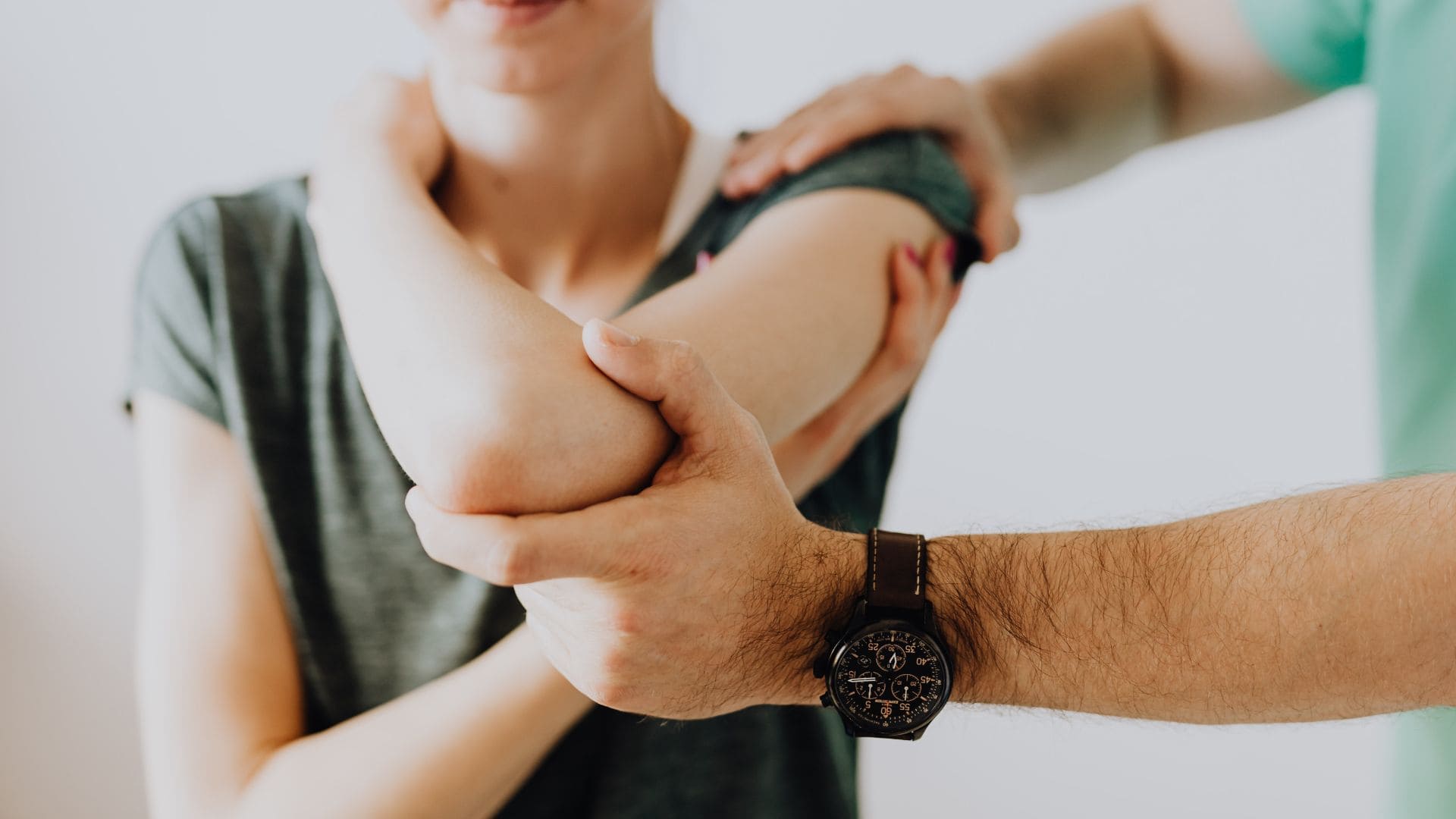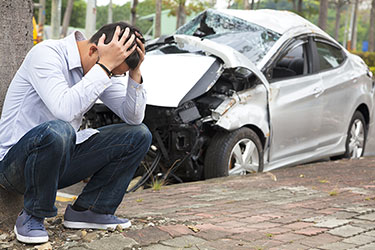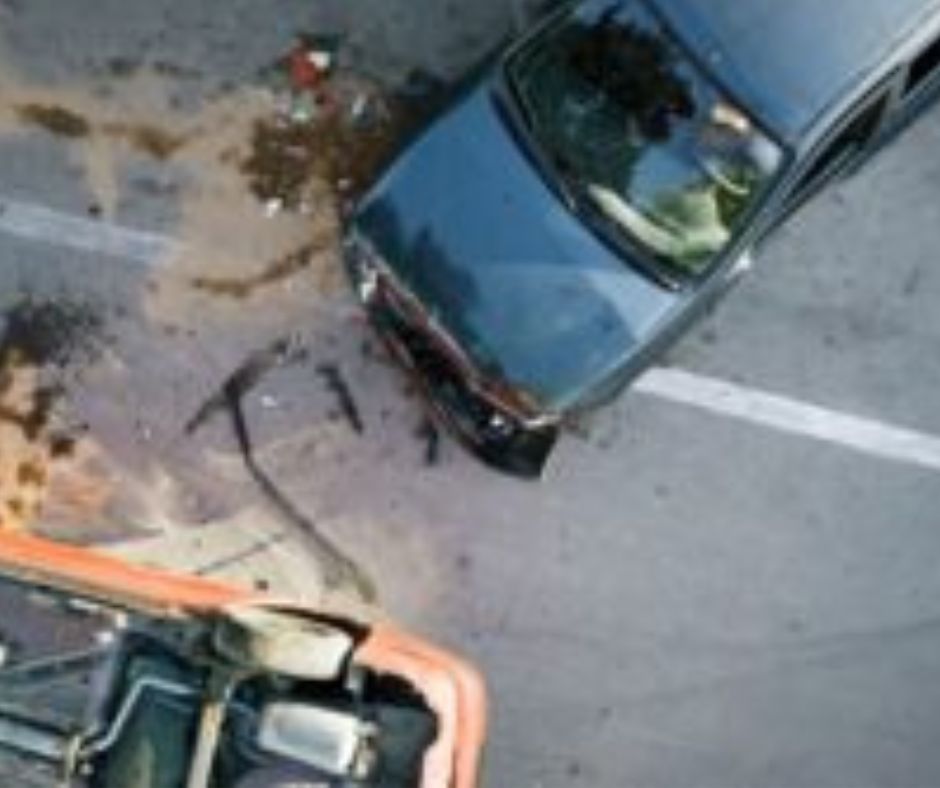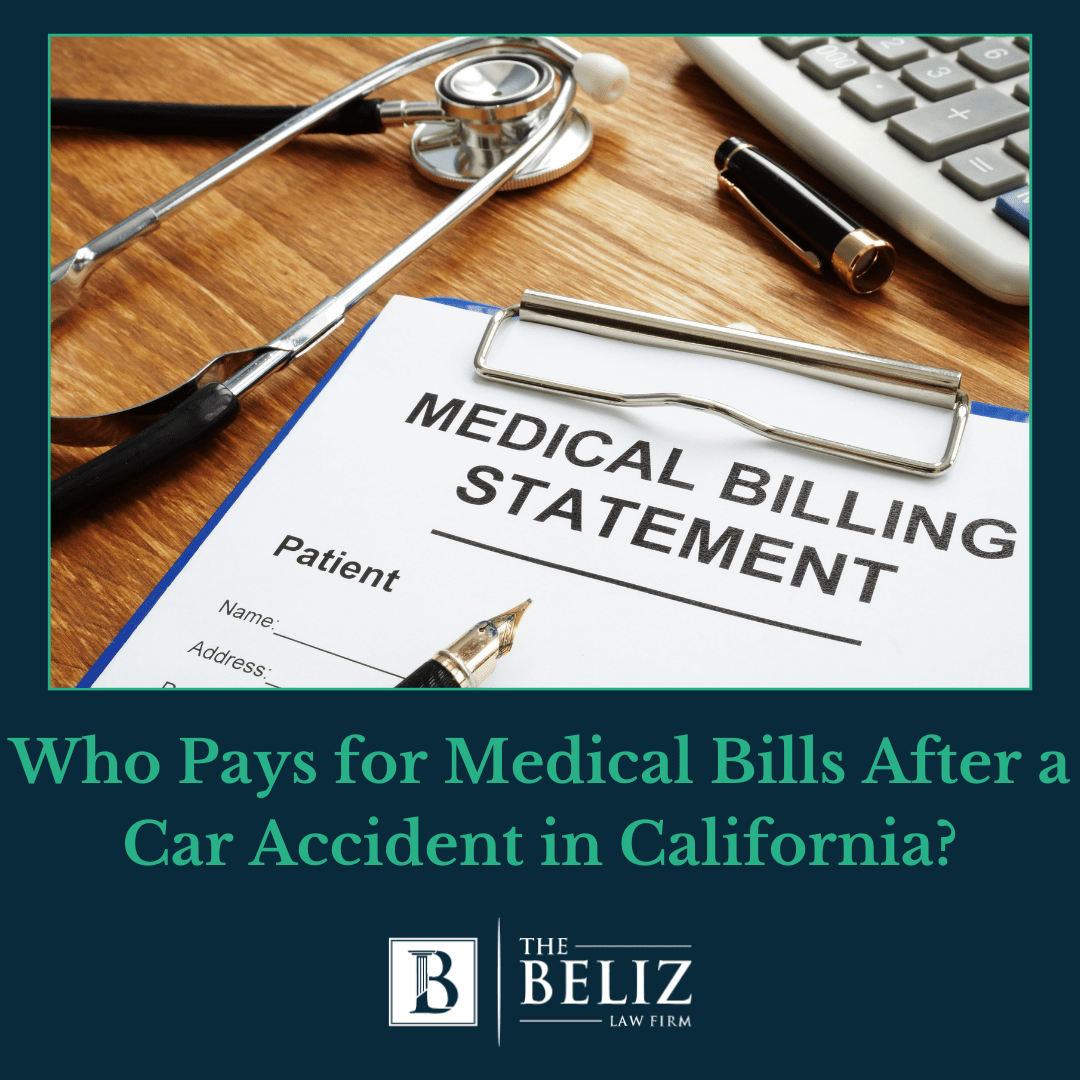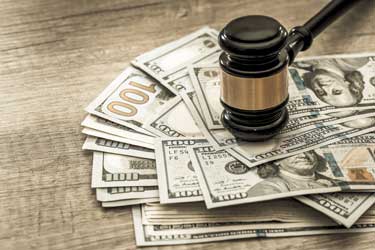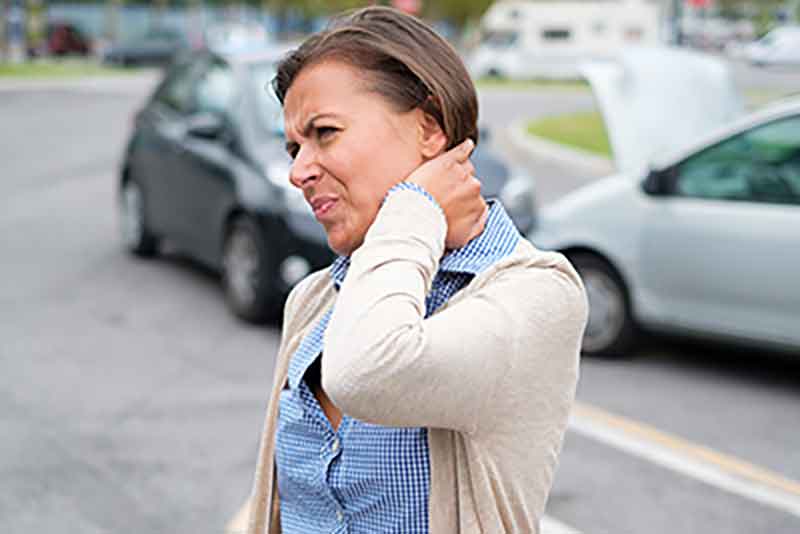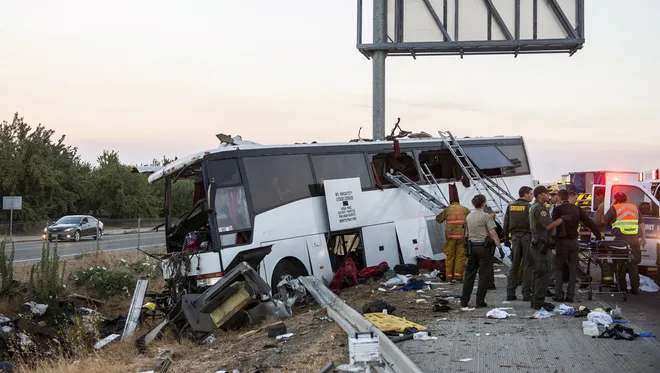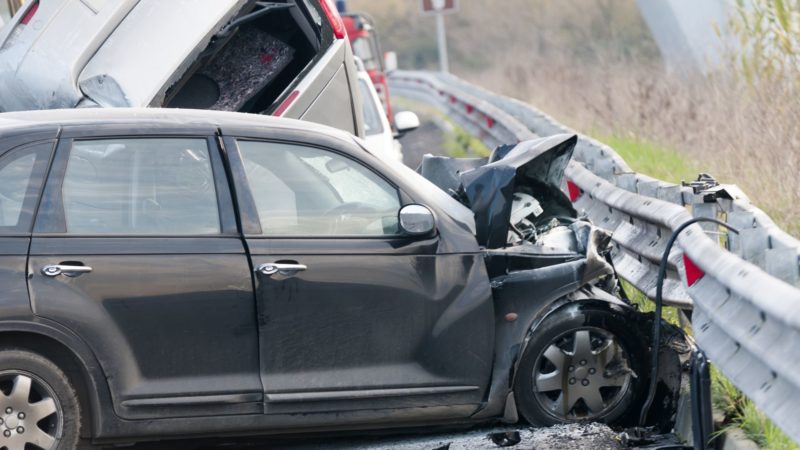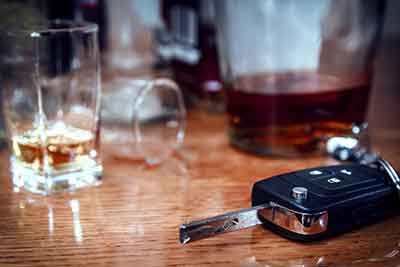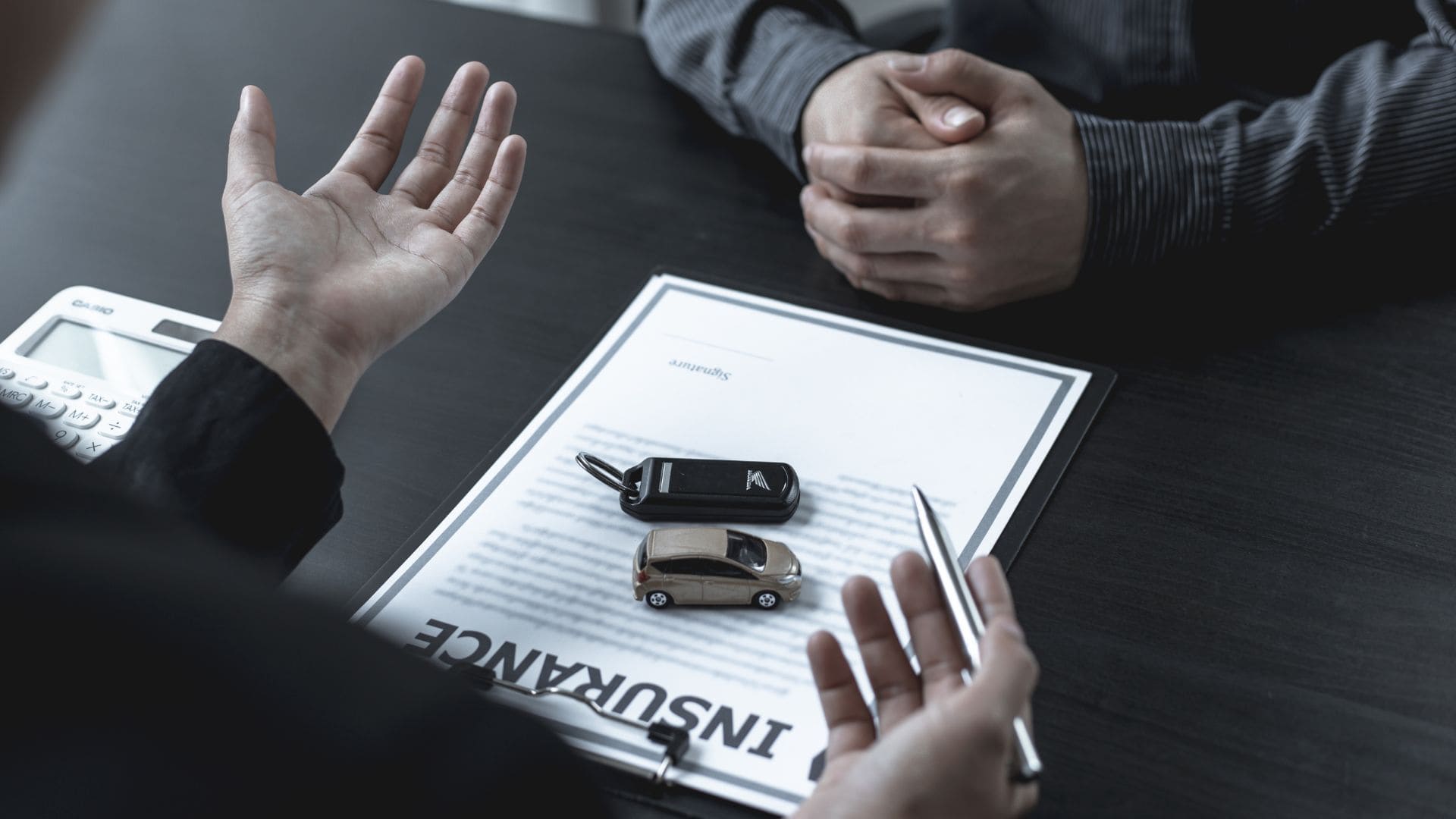 Car Accidents
Car Accidents
Does Health Insurance Cover Car Accident Bills?
May 2, 2025 | Read Time: 4 minutesYou suffered injuries in a car accident in Southern California. The hospital treated you, the bills are showing up, and now you’re trying to figure out how they’ll get paid. Does health insurance cover car accident bills, or will the full cost fall on you? That’s one of the first questions many people ask after a crash. Health insurance usually applies, but insurers don’t always process accident-related care like they handle routine visits. Some plans wait for details about how the crash happened, who was involved, whether another driver’s insurance might be involved, or if legal action is likely. Keep reading to learn whether health insurance pays for auto accident injuries, what issues can affect compensation for your medical bills, and how The Beliz Law Firm supports clients when another driver’s negligence leads to injury. Will Health Insurance Pay for Auto Accident Injuries? In Southern California, your health insurance often still applies even when another driver caused the crash. Insurers tend to review accident-related injuries more closely than routine doctor visits. Your insurer may ask how the collision happened or whether someone else was at fault. These questions are common when another party could be financially responsible for your injuries. California is an at-fault state, which means the driver who caused the crash is expected to pay for the resulting harm. However, their car insurance may not cover your medical bills right away. While insurers assess liability, providers may submit your bills to health insurance first. Depending on your plan, you could still owe copays, deductibles, or charges outside your coverage. When that happens, your health plan might cover treatment first, then request repayment if you receive money from a legal claim. Many plans include subrogation clauses, which allow the insurer to request repayment from any settlement or court award you receive from the at-fault driver’s insurance. So, does health insurance cover auto accidents? The answer is often yes, though your insurer may require repayment later, depending on your policy. What to Do If You Have Medical Bills After a Car Accident Medical bills can arrive shortly after a crash, even when health insurance covers part of the cost. You might still be responsible for out-of-pocket expenses that fall outside your plan. Taking a few simple steps now can make it easier to manage those bills and avoid issues with your health insurer or medical providers. Here’s what you should do: The Beliz Law Firm helps car accident victims in Long Beach and across Southern California understand how their health insurance applies after a crash, what it may mean for a legal claim, and what to consider before agreeing to anything related to their care or compensation. How California’s Fault Laws Affect Health Insurance and Medical Bills After a Crash A car accident injury affects more than just who pays. It can influence how your health insurance applies, how much compensation you can recover from the other driver, and what expenses might remain your responsibility. California follows a pure comparative negligence rule, which allows injured people to seek compensation even if they are partially at fault. However, your percentage of fault reduces the amount you can recover. For example, if your medical bills total $100,000 and the investigation finds you 25% at fault, you may recover up to $75,000. Health insurance often pays for treatment while liability is under review. But when fault is shared, your attorney may include only a portion of your expenses in the claim against the other driver. The more blame assigned to you, the more you may need to rely on your own coverage or prepare to handle uncovered costs. Insurance companies sometimes try to shift fault to reduce how much they pay. The Beliz Law Firm helps clients challenge unfair blame, calculate compensation that reflects their real medical expenses, and pursue the amount they are legally entitled to. If you’re still wondering, does health insurance cover car accident bills when fault is shared? The answer is usually yes. However, understanding how your coverage interacts with California’s fault laws can significantly affect your financial recovery. Talk to The Beliz Law Firm About Medical Bills After a Car Accident After a crash caused by another driver, many people struggle to understand how their medical bills are paid or how health insurance is factored in. From billing delays to repayment requests, the process can quickly become overwhelming. The Beliz Law Firm represents injured clients across Southern California in personal injury claims involving crash-related medical costs. We explain how health insurance applies, show which expenses your claim may cover, and hold the at-fault driver accountable for what happened.The Beliz Law Firm is here to help if you’re wondering, “Does my health insurance cover auto accidents?” or “How does coverage affect my right to seek compensation?” Call or contact our office to set up a free consultation today.
Continue Reading